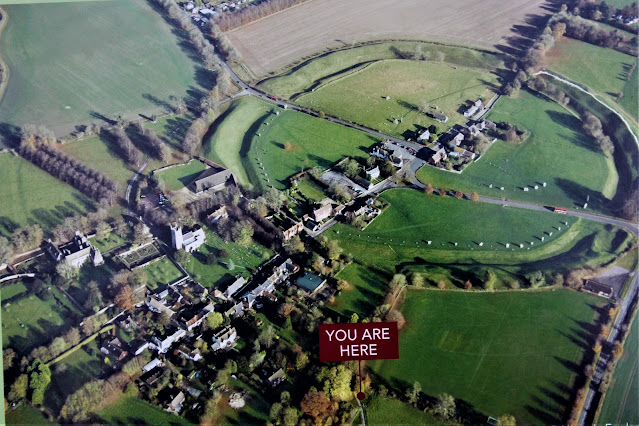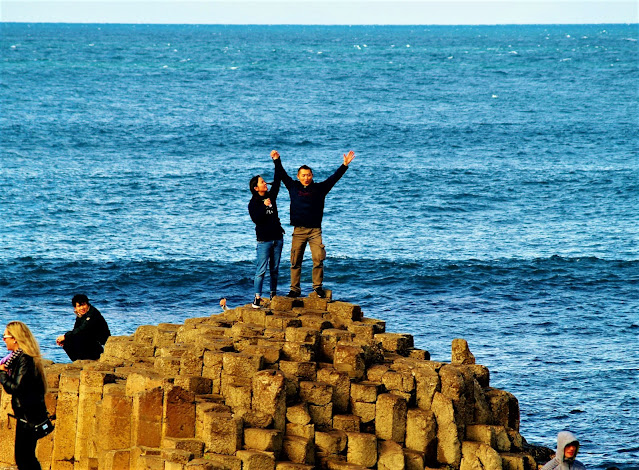Lacock Abbey:The birthplace of modern photography

Facade of Lacock Abbey This evening, I am reporting on Lacock Abbey in Wiltshire , England the birthplace of the film photography which was widely used until replaced by digital technology. Lacock Abbey is a mansion owned by Britain's National Trust. The architecture is an unusual blend of medieval and 19th century. In essence, the original 13th century home for Augustinian canonesses was disbanded by King Henry VIII in 1539 and then purchased by Sir William Sharington.John Ivory Talbot inherited the property in 1714 and over the succeeding 58 years remodeled the building and grounds.William Henry Fox Talbot and his family resided at the abbey in the early 1800s.In August 1835 Fox Talbot captured the first photographic negative which proved to be the foundation of modern photography. Lacock Abbey in context of surrounding grounds Spring flowers at Lacock Abbey Grounds at Lacock Abbey Aspect of adjacent village Fox Talbot was a well educated and highly in...



